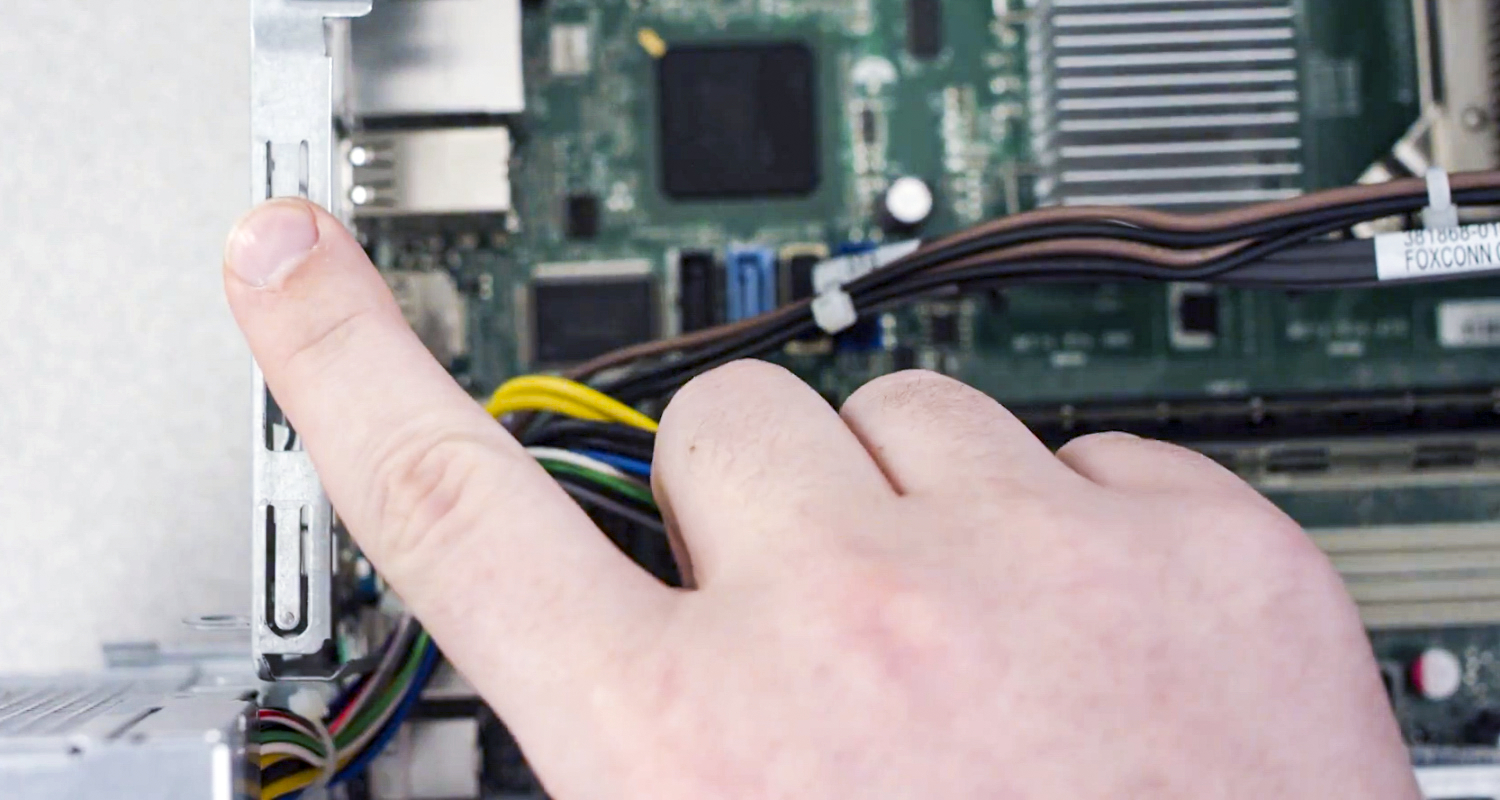Cómo actualizar la memoria RAM de su computadora de escritorio
Las personas también vieron
¿Cuánta memoria (RAM) necesita?
La cantidad de RAM que necesita un servidor depende de su sistema. Descubra cuánta memoria necesita con nuestra guía de ayuda.
Leer MásCómo armar una PC para gaming
Descubra cómo armar una PC para gaming con Crucial. Desde las partes que necesita para armar una PC para gaming con un presupuesto limitado, véalo ahora en nuestro sitio web.
Leer másSSD externas y portátiles | 500 GB, 1 TB, 2 TB, 4 TB y 8 TB
Encuentre una amplia gama de SSD externas con capacidades de 500 GB, 1 TB, 2 TB, 4 TB Y 8 TB. Expanda su almacenamiento con una SSD portátil Crucial.
Leer más
